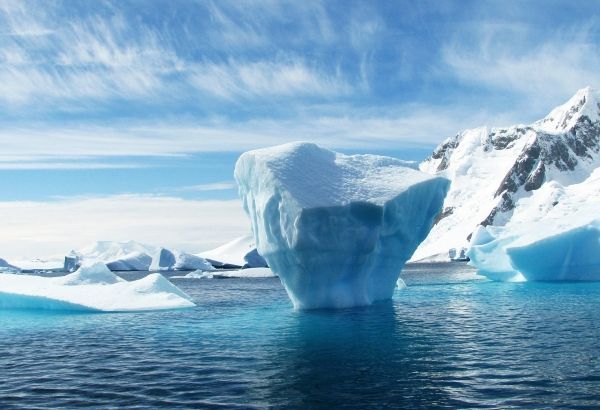The Arctic’s oldest and thickest ice is disappearing at a rate twice as fast as ice in the rest of the region, according to a new study published in the journal Geophysical Research Letters. The decline is being driven by warming ocean temperatures and sea ice loss throughout the Arctic, which scientists say is allowing wind and ocean currents to move ice around more easily, further hastening its decline.
Most ice in the Arctic is between one to four years old, according to the U.S. National Snow and Ice Data Center. But in pockets along northern Greenland and Canada, circulation patterns have historically caused ice to pile up and stay put for several years. As a result, sea ice in this part of the Arctic, known as the Last Ice Area, is typically more than five years old and can measure more than 13 feet thick.
But scientists from the University of Toronto and the University of Washington found that as ocean temperatures have increased, sea ice is thinner and covers an ever-smaller area in these regions. And as ice thins, winds and ocean currents are able to move it around more easily and quickly. Kent Moore, an atmospheric physicist at the University of Toronto and lead author of the new study, likens it to a traffic jam, with thinner, smaller pieces of ice along the margins of the sheltered pile-up points increasingly being carried out to the open ocean, followed by thicker, old ice from the center.
Read more at: Yale Environment 360
Photo Credit: 358611 via Pixabay


